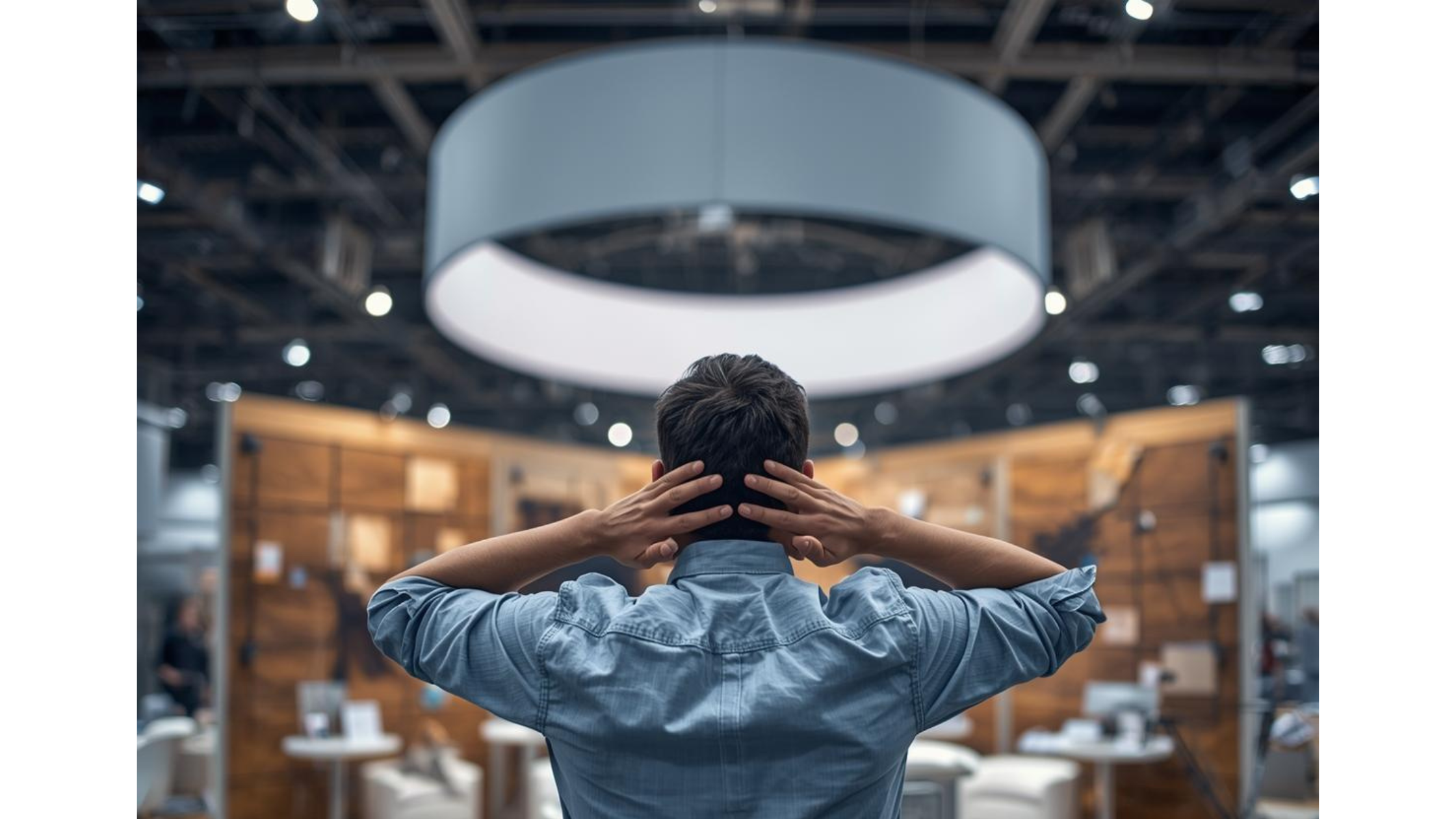Trade shows are an investment, not just in money but in time, effort, and resources. For many exhibitors, the hard work seems to end when the booth teardown begins. However, what happens after the show is just as critical as what happens on the floor. We’ve seen post-show missteps create chaos—from lost materials to exorbitant fees and even lost opportunities. Whether or not you have a full-service exhibit house like PFI onsite, consider this your guide to avoiding common pitfalls and wrapping up your trade show successfully.
Why Post-Show Execution Matters
Imagine this scenario: A client team heads to a show with a stunning booth that’s easy to setup themselves. However, the client’s setup team didn’t want to dismantle the booth, so they hired show labor so they could get home earlier.
Unfortunately, the unsupervised labor team failed to submit the Material Handling Agreement (MHA) form. The client’s exhibit was sent to the general contractor’s warehouse and was scheduled for forced freight.
To make matters worse, this meant the booth wasn’t going to make it to the next show.
When our scheduled freight carrier notified us that there was no return shipment for them to pick up, we jumped into action. We spent 50+ hours coordinating with the general contractor (GC), tracking down freight, and resolving the issue. While the problem was solved, it was a costly fix that could have been avoided with proper planning and oversight.
The Importance of Timely MHA Submission
The MHA form is a deceptively simple but crucial piece of paperwork. It authorizes the GC to move your exhibit materials and provides instructions on where they need to go. Failing to submit this form or submitting it late can result in your materials being classified as “will call” freight, leading to significantly higher costs, delays, confusion, and even lost properties.
To avoid this, always double-check that your MHA form is submitted on time and includes clear, accurate information. If possible, designate someone onsite to oversee this process and ensure all paperwork is in order.
The Risks of Cost-Cutting on Labor
Sending your sales or marketing team to handle booth setup and teardown may seem like a way to save money, but it often backfires. Here’s why:
- Lost Productivity: Your team is out of the office longer, missing critical day-to-day responsibilities. By the time the show opens, they’re already exhausted from setup, and teardown leaves them even further behind upon returning to their regular duties. This “out of office” cost can outweigh the savings of not hiring a professional team.
- Increased Expenses: Additional hotel nights, meal allowances, and transportation costs quickly add up when your team is tied to labor tasks instead of focusing on selling and networking.
- Higher Risk of Mistakes: Without experienced professionals, critical steps like submitting MHAs or properly packing materials are often overlooked. A single oversight can lead to lost shipments or damaged materials, as we’ve seen firsthand.
Professional exhibit houses like PFI ensure every detail is handled, from setup to teardown, so your team can focus on what they do best—building connections and closing deals.
Drayage and Billing Oversights
Drayage fees are another area where exhibitors often lose money. Our team has helped clients avoid incorrect overcharges by auditing drayage bills in real time. For example, over a 3-month period, we discovered significant discrepancies between the show’s drayage weights and our own records. Because our PFI supervisor was at the show and able to work with the GC in real time, we successfully had those overcharges overturned, resulting in over $40,000 in savings for our clients. If we hadn’t been at the show to fight these incorrect charges, there would have been no way to overturn them after the fact.
The key is timeliness. Always check drayage bills at the show and compare them to your documentation. Waiting too long to address discrepancies makes it much harder to resolve these issues.
Proactive Inventory and Asset Management
Your booth materials are a significant investment, but without proper tracking, valuable assets can easily go missing or be damaged. Here’s how to protect your materials:
- Create Detailed Inventories: Before the show, document every item being shipped, including booth components, graphics, and promotional materials. Use this list to verify that everything is properly packed and accounted for during teardown.
- Inspect for Damage and Missing Items: Assess all booth materials for damage immediately after the show. Waiting too long may result in missed insurance claim deadlines or carrying damaged items to your next event. And, sometimes missing hardware or small graphics can be found in the trunk of a rep’s car before it’s too late.
- Plan for Leftovers: Avoid over-ordering promotional materials by estimating realistic booth traffic rather than total show attendance. For any leftover items, have a plan to repurpose them for future marketing efforts instead of letting them go to waste.
Maximize Your Trade Show ROI with PFI
Our team of seasoned trade show experts understand the complexities of trade shows, from setup to teardown and everything in between. Even if we’re not onsite, following these best practices can help you finish strong and protect your investment:
- Don’t cut corners on labor—use professionals for setup and teardown.
- Submit all required forms, like the MHA, on time and with accurate details.
- Audit drayage bills during the show to catch discrepancies early.
- Track and inspect all booth materials to avoid losses or damage.
- Keep your sales team focused on selling, not logistical tasks.
With proper post-show planning and execution, you can avoid costly mistakes, strengthen relationships, and maximize your ROI. And if you need help, we’re always here to support you every step of the way. We ensure every detail is managed, so you can stay focused on the big picture—building relationships and driving results—while avoiding costly mistakes and annoying headaches.


Leave a Reply